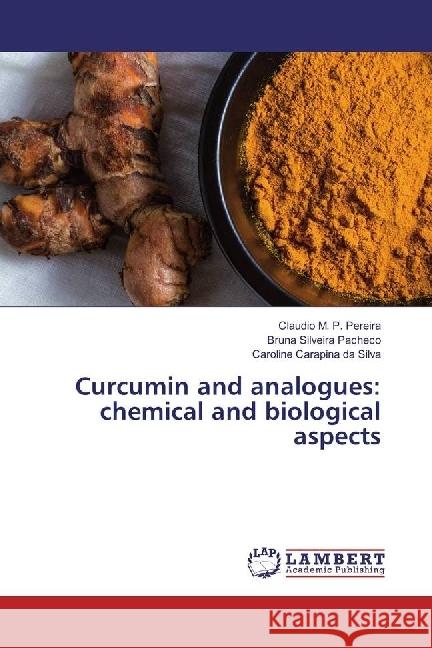Curcumin and analogues: chemical and biological aspects » książka
Curcumin and analogues: chemical and biological aspects
ISBN-13: 9783330036413 / Angielski / Miękka / 2017 / 64 str.
Turmeric (Curcuma longa) is a plant of the ginger family constituted of many interesting compounds, including curcumin, demethoxycurcumin, and bisdemethoxycurcumin. The powder extracted from the rhizomes of this plant is a part of the domestic routine in India and China as a food-coloring, preservative agent as well as in the medicinal system known as Ayurveda ("Science of Life") for its actions against a number of ailments. Curcumin has more than ever been attracting the attention of researchers in view of its peculiar chemical and biological aspects. In this way, the present work shows the main chemical aspects of curcumin, the advantages and limitations of its clinical use along with sub-topics describing the most relevant biological activities shown by curcumin and its derivatives. Also, in an Experimental section, we report the synthesis of a series of monocarbonyl curcumin analogues and our preliminary efforts to develop a greener synthetic procedure with the assistance of microwave irradiation. The content of this book is aimed to help any student or researcher who wishes to learn or understand more about the chemical and biological aspects of curcumin and its analogues.











